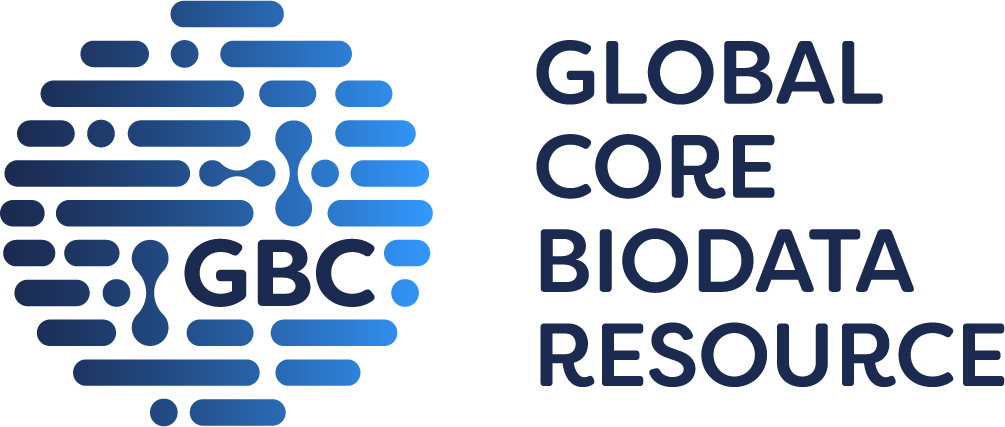
empagliflozin [Ligand Id: 4754] activity data from GtoPdb and ChEMBL
Click here for a description of the charts and data table
Please tell us if you are using this feature and what you think!
| ChEMBL ligand: CHEMBL2107830 (Bi 10773, Bi10773, BI 10773, BI-10773, Empagliflozin, Empagliflozina, Empagliflozine, Jardiance) |
|---|
There should be some charts here, you may need to enable JavaScript!
|
There should be some charts here, you may need to enable JavaScript!
|
| DB | Assay description | Assay Type | Standard value | Standard parameter | Original value | Original units | Original parameter | Reference |
|---|---|---|---|---|---|---|---|---|
| Sodium/glucose cotransporter 1 in Human (target type: SINGLE PROTEIN) [ChEMBL: CHEMBL4979] [GtoPdb: 915] [UniProtKB: P13866] | ||||||||
| ChEMBL | Inhibition of SGLT1 (unknown origin) | B | 5.08 | pIC50 | 8300 | nM | IC50 | J Med Chem (2023) 66: 12536-12543 [PMID:37608596] |
| GtoPdb | - | - | 5.1 | pIC50 | 7943 | nM | IC50 | Diabetes Obes Metab (2012) 14: 83-90 [PMID:21985634] |
| ChEMBL | Uptake Assay: A cDNA clone expressing human SGLT1/SGLT2 was bought from GenerScript. Having the sequence information, it was built into pcDNA5 carrier by using traditional molecular biology methods, and then the expression plasmids were transfected into Flp-in CHO cells by using Lipofetamin 200 liposomal transfection method. The transfected cells were screened for hygromycin resistance, and the single-cell clone was screened out through the process of gradient dilution. Having obtained the single-cell clone, the uptake assay of 14C-AMG in FLP-in CHO cells stably expressing SGLT1/SGLT2 was evaluated.Cells were seeded at a density of 3x104 cells per well, uptake assay was carried out after adherent cells were cultured overnight. At least 12 hours later of culture, cells were washed once by 150 microliters per well of the absorption solution KRH-NMG (120 mM NMG, 4.7 mM KCl, 1.2 mM MgCl2, 2.2 mM CaCl2, 10 mM HEPES, pH 7.4 with HCl). To every well that was cleaned with buffer KRH-Na+ and KRH-NMG. | B | 5.49 | pIC50 | 3235 | nM | IC50 | US-8980829-B2. Aryl glycoside compound, preparation method and use thereof (2015) |
| ChEMBL | Inhibition of SGLT1 (unknown origin) | B | 5.08 | pEC50 | 8300 | nM | EC50 | J Med Chem (2020) 63: 5031-5073 [PMID:31930920] |
| Sodium/glucose cotransporter 2 in Human (target type: SINGLE PROTEIN) [ChEMBL: CHEMBL3884] [GtoPdb: 916] [UniProtKB: P31639] | ||||||||
| GtoPdb | - | - | 8.5 | pIC50 | 3.2 | nM | IC50 | Diabetes Obes Metab (2012) 14: 83-90 [PMID:21985634] |
| ChEMBL | Uptake Assay: A cDNA clone expressing human SGLT1/SGLT2 was bought from GenerScript. Having the sequence information, it was built into pcDNA5 carrier by using traditional molecular biology methods, and then the expression plasmids were transfected into Flp-in CHO cells by using Lipofetamin 200 liposomal transfection method. The transfected cells were screened for hygromycin resistance, and the single-cell clone was screened out through the process of gradient dilution. Having obtained the single-cell clone, the uptake assay of 14C-AMG in FLP-in CHO cells stably expressing SGLT1/SGLT2 was evaluated.Cells were seeded at a density of 3x104 cells per well, uptake assay was carried out after adherent cells were cultured overnight. At least 12 hours later of culture, cells were washed once by 150 microliters per well of the absorption solution KRH-NMG (120 mM NMG, 4.7 mM KCl, 1.2 mM MgCl2, 2.2 mM CaCl2, 10 mM HEPES, pH 7.4 with HCl). To every well that was cleaned with buffer KRH-Na+ and KRH-NMG. | B | 8.51 | pIC50 | 3.1 | nM | IC50 | US-8980829-B2. Aryl glycoside compound, preparation method and use thereof (2015) |
| ChEMBL | Inhibition of SGLT2 (unknown origin) | B | 8.51 | pIC50 | 3.1 | nM | IC50 | Bioorg Med Chem (2018) 26: 3947-3952 [PMID:29954682] |
| ChEMBL | Inhibition of recombinant human SGLT2 expressed in HEK293 cells assessed as decrease in [14C]-AMG uptake preincubated for 15 mins followed by [14C]-AMG addition and measured after 4 hrs by Topcount method | B | 8.51 | pIC50 | 3.1 | nM | IC50 | Medchemcomm (2018) 9: 1273-1281 [PMID:30151080] |
| ChEMBL | Inhibition of SGLT2 (unknown origin) | B | 8.51 | pIC50 | 3.1 | nM | IC50 | J Med Chem (2023) 66: 12536-12543 [PMID:37608596] |
| ChEMBL | Inhibition of SGLT2 (unknown origin) | B | 8.52 | pEC50 | 3 | nM | EC50 | J Med Chem (2020) 63: 5031-5073 [PMID:31930920] |
ChEMBL data shown on this page come from version 35:
Zdrazil B, Felix E, Hunter F, Manners EJ, Blackshaw J, Corbett S, de Veij M, Ioannidis H, Lopez DM, Mosquera JF, Magarinos MP, Bosc N, Arcila R, Kizilören T, Gaulton A, Bento AP, Adasme MF, Monecke P, Landrum GA, Leach AR. (2024). The ChEMBL Database in 2023: a drug discovery platform spanning multiple bioactivity data types and time periods. Nucleic Acids Res., 52(D1). DOI: 10.1093/nar/gkad1004. [EPMCID:10767899] [PMID:37933841]
Davies M, Nowotka M, Papadatos G, Dedman N, Gaulton A, Atkinson F, Bellis L, Overington JP. (2015) 'ChEMBL web services: streamlining access to drug discovery data and utilities.' Nucleic Acids Res., 43(W1). DOI: 10.1093/nar/gkv352. [EPMCID:25883136]








